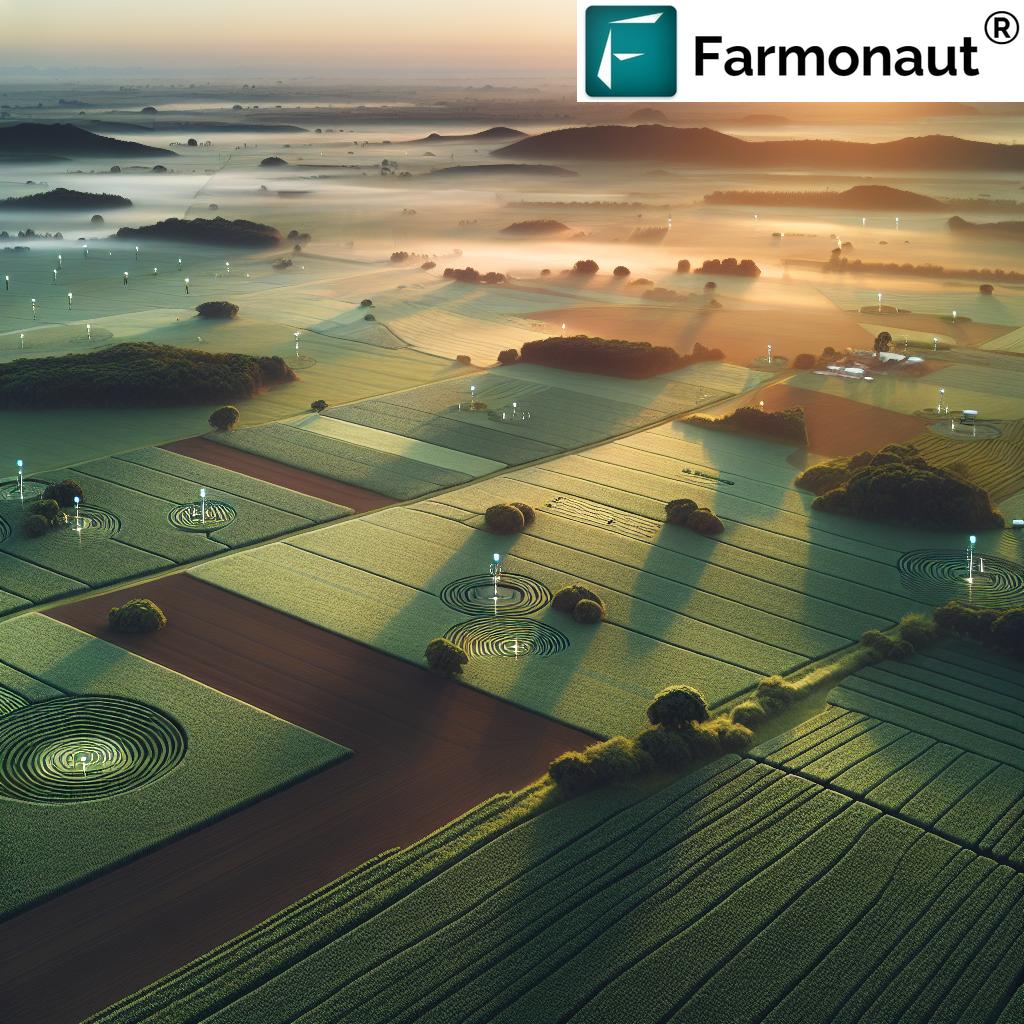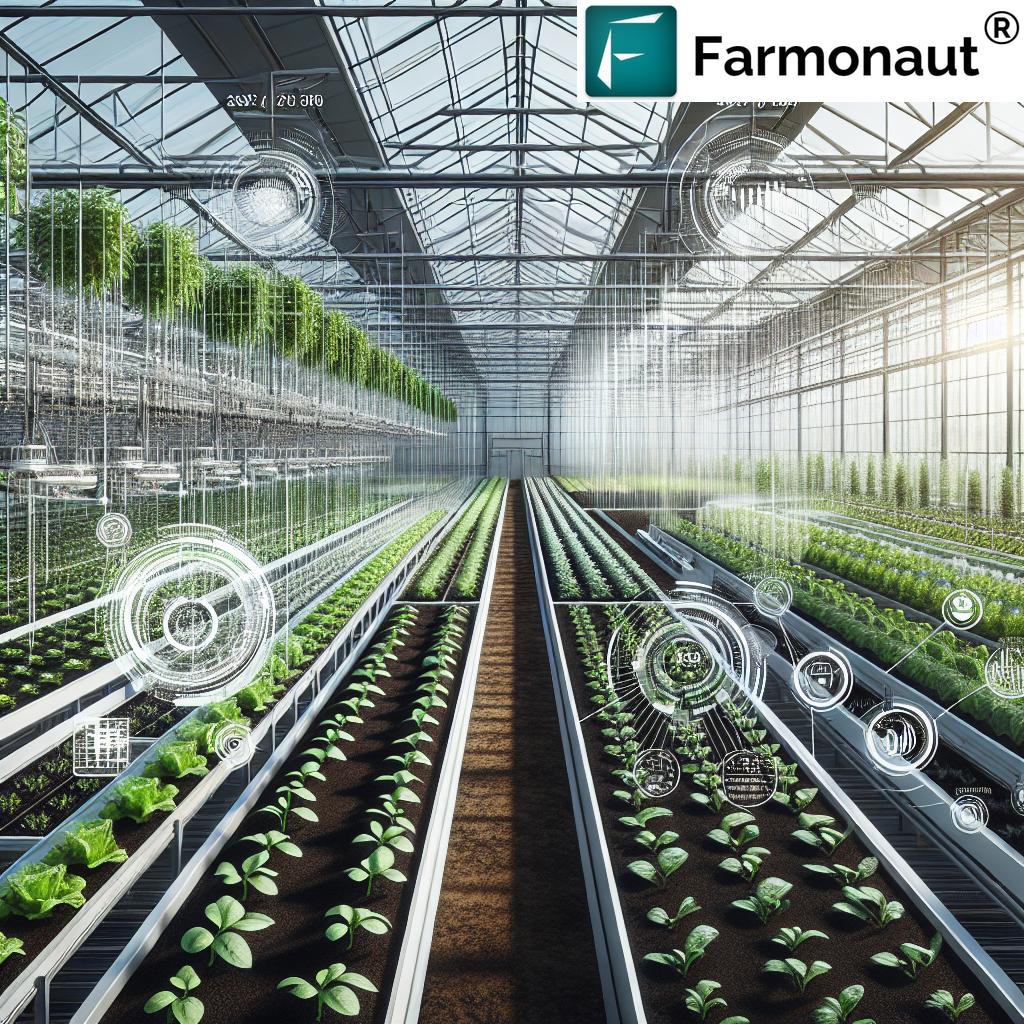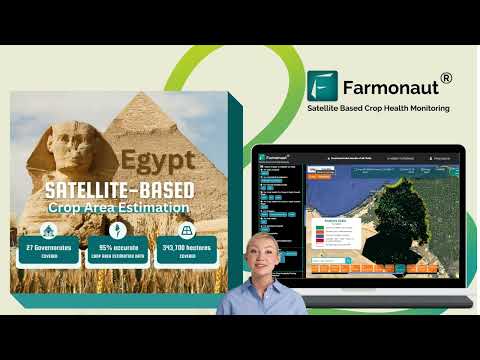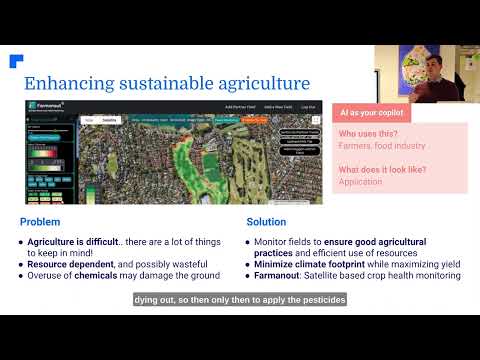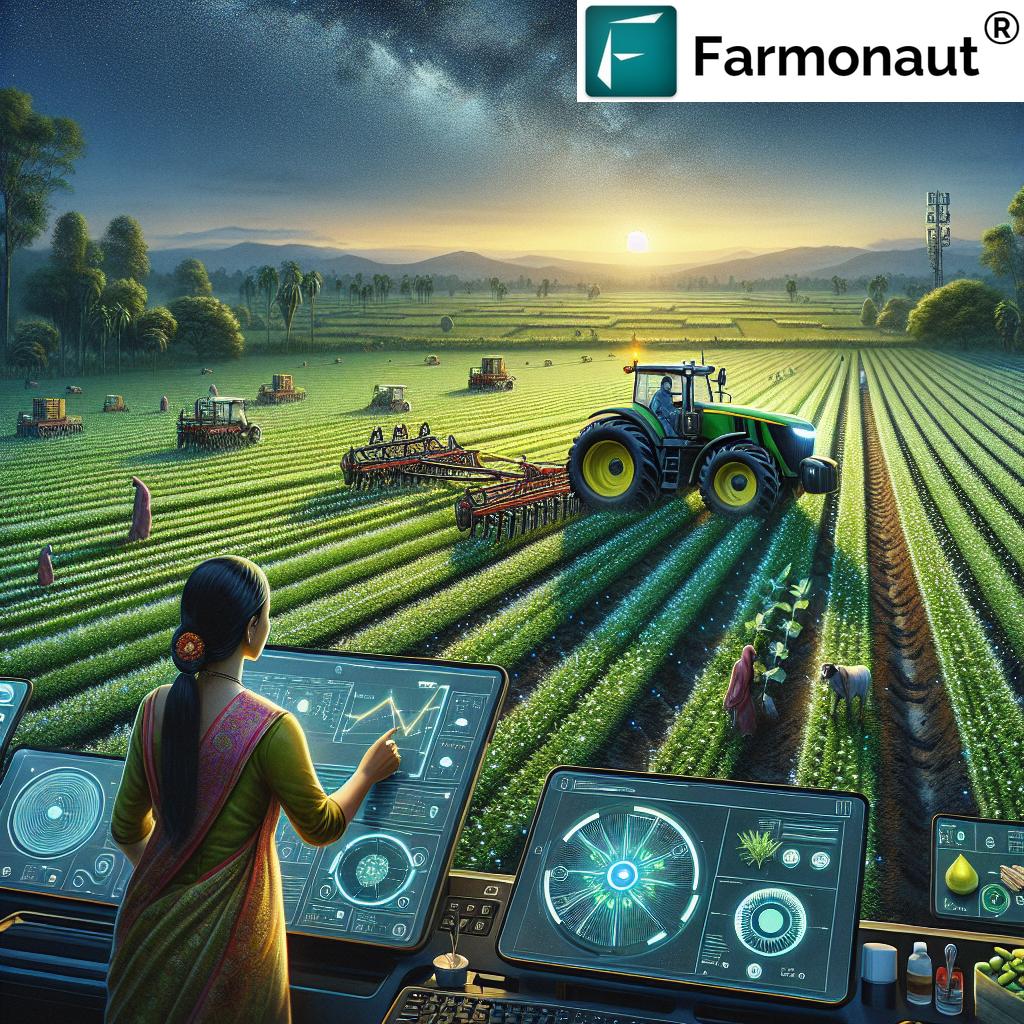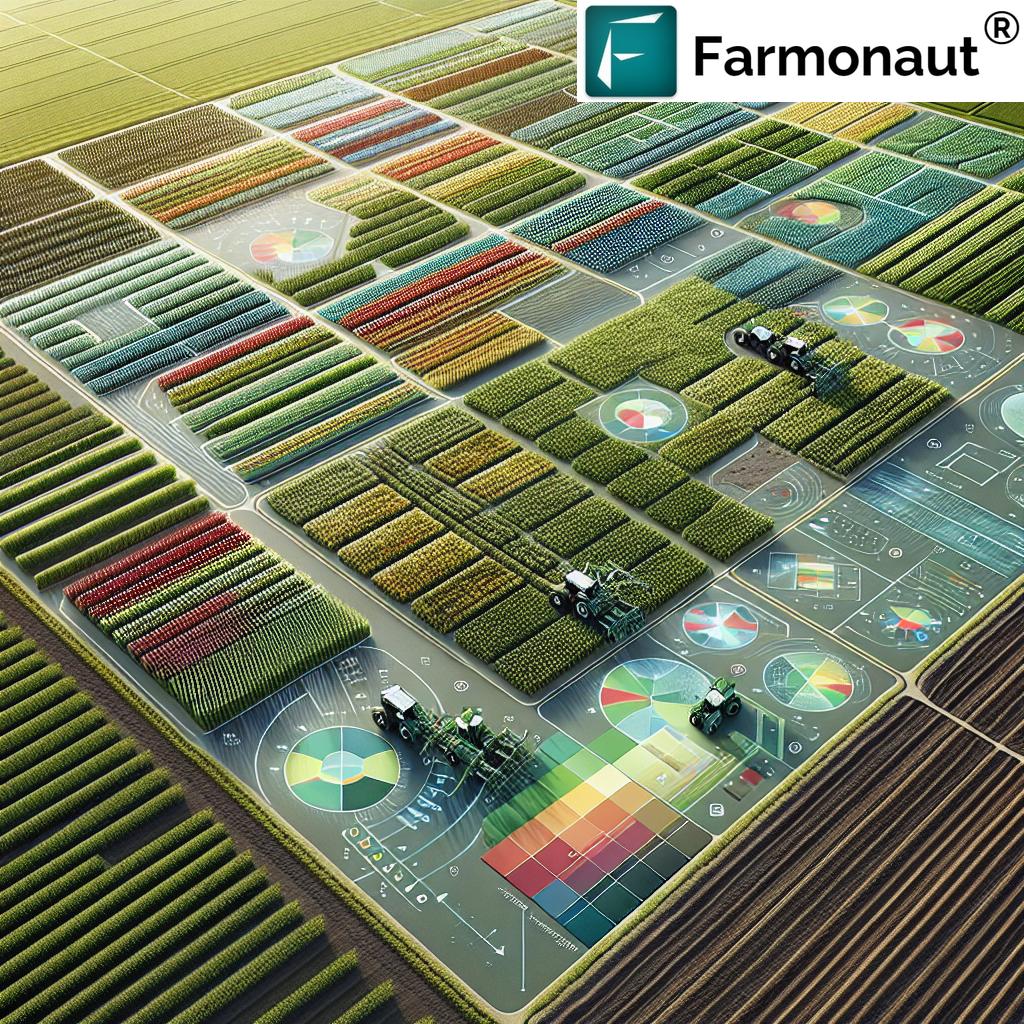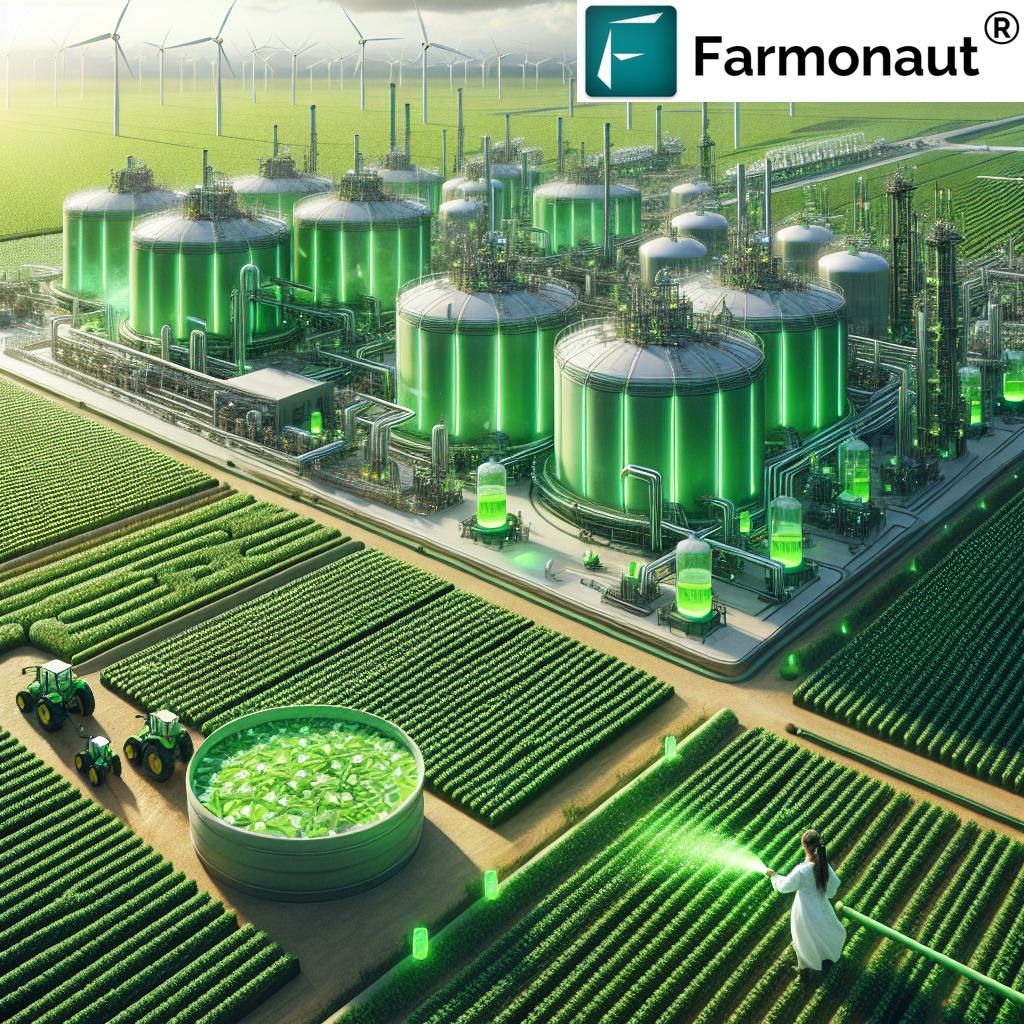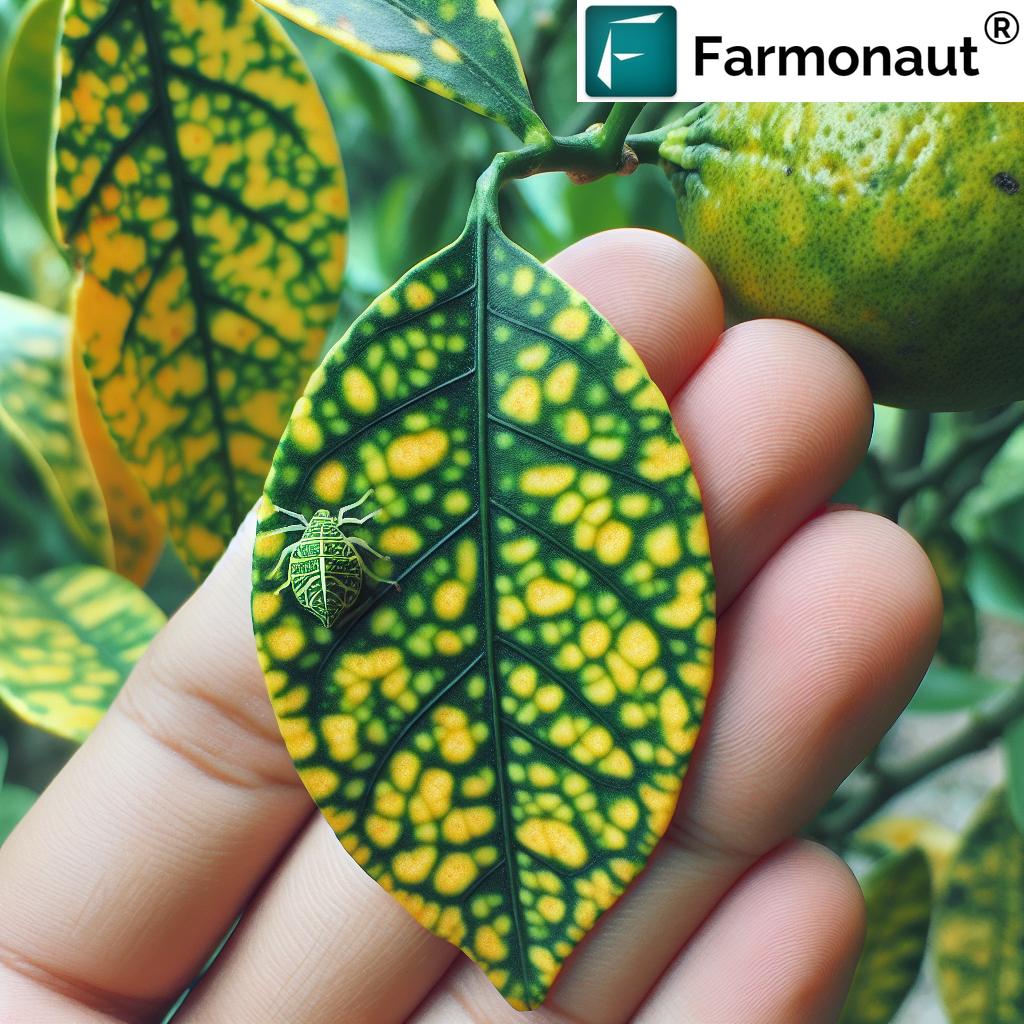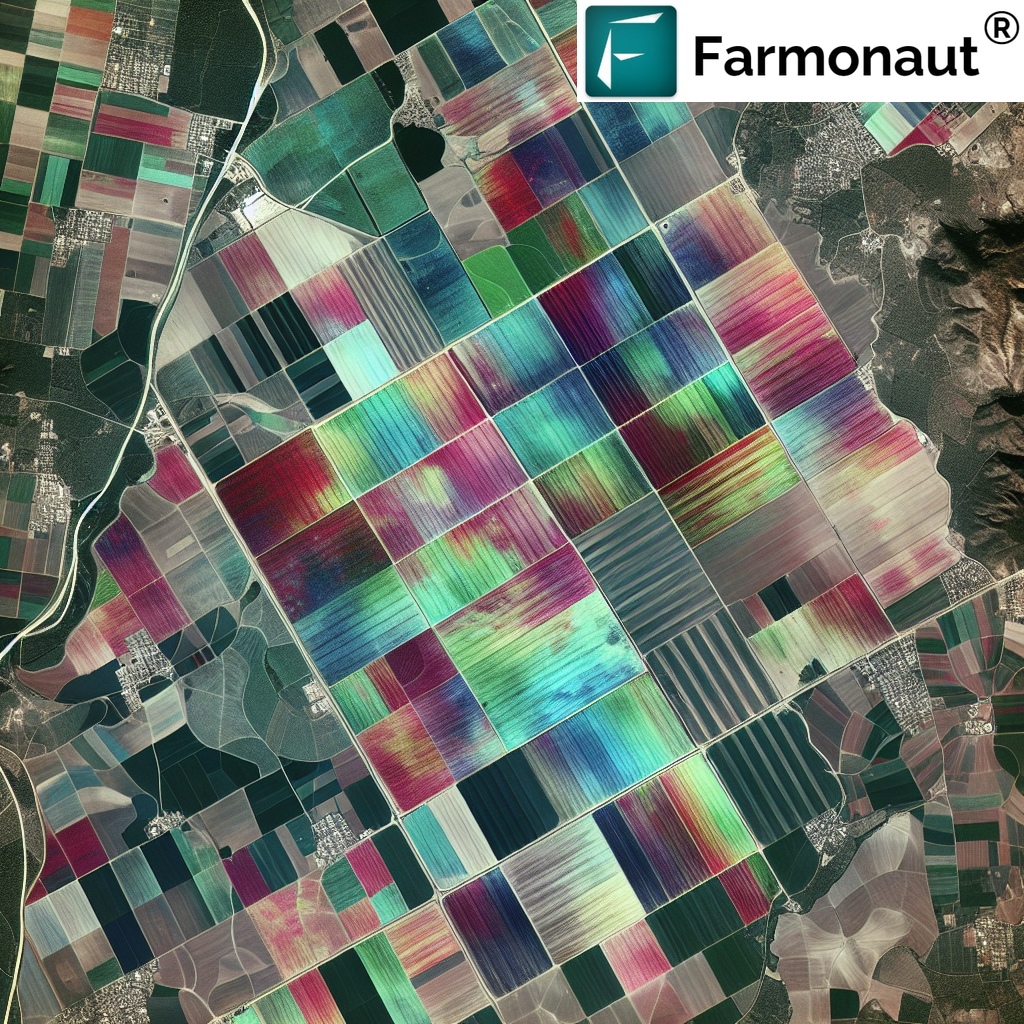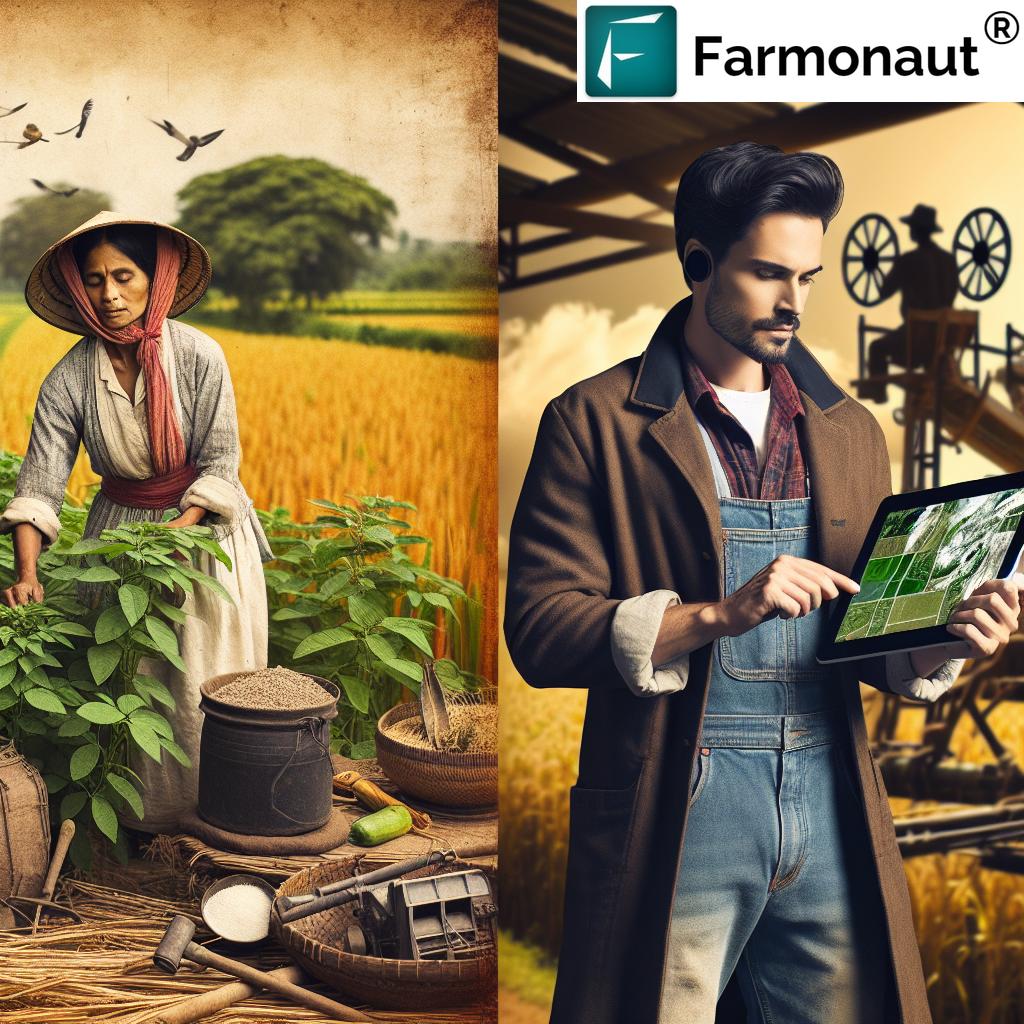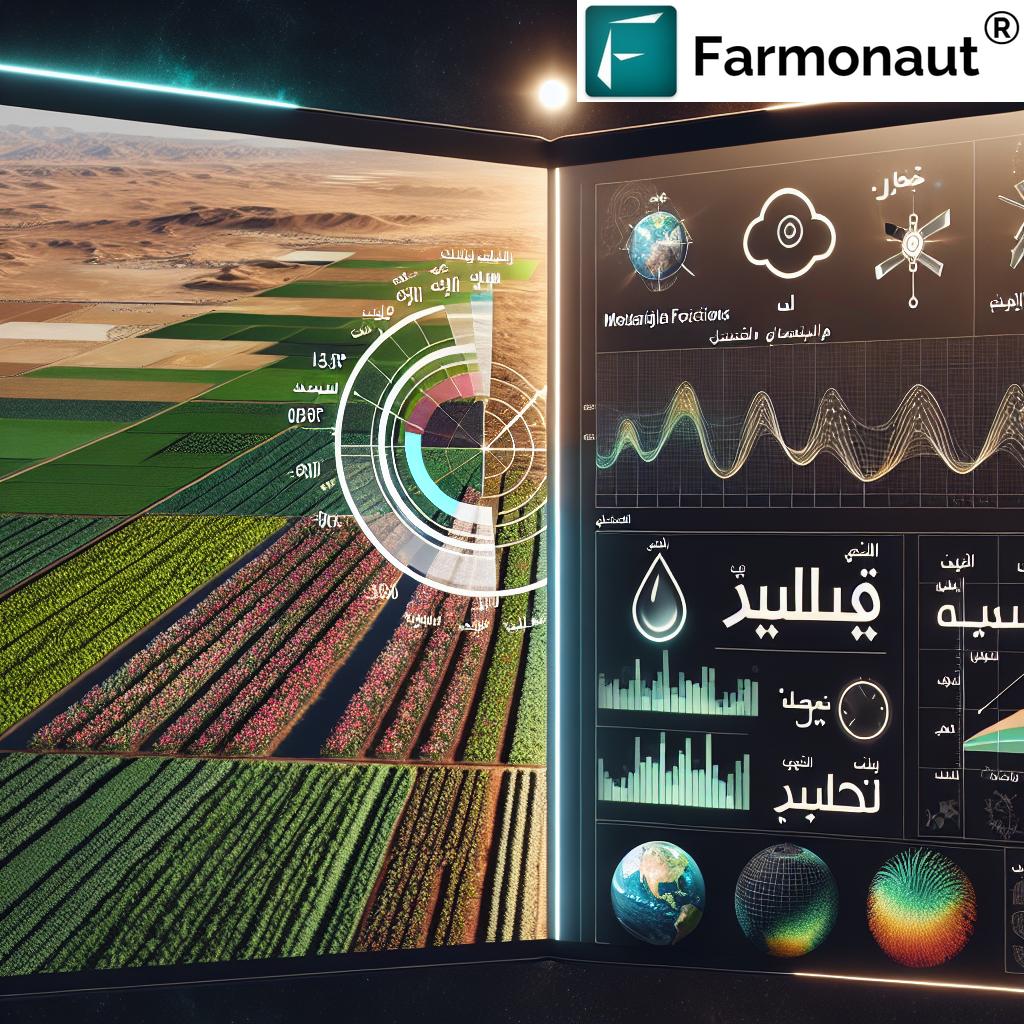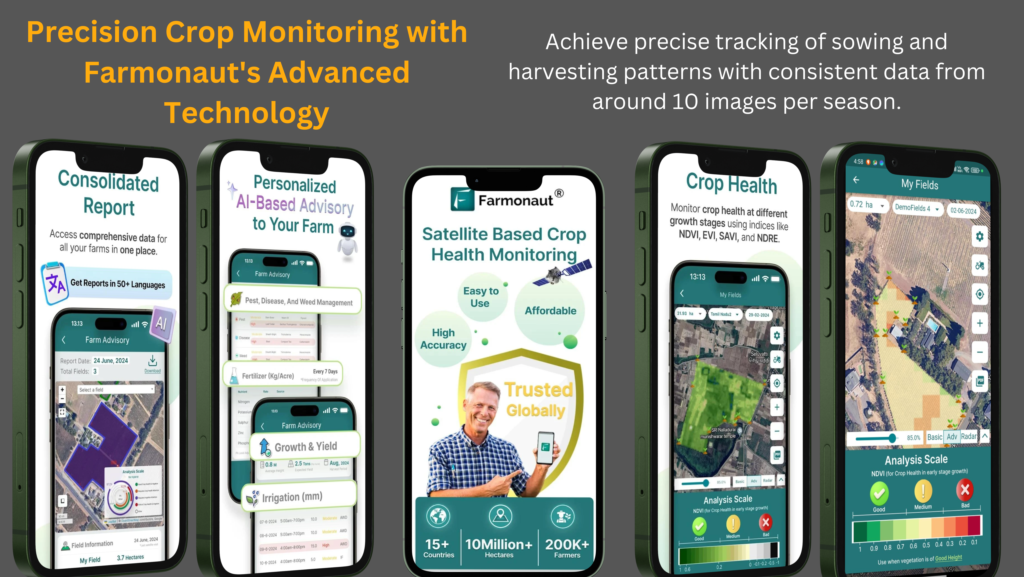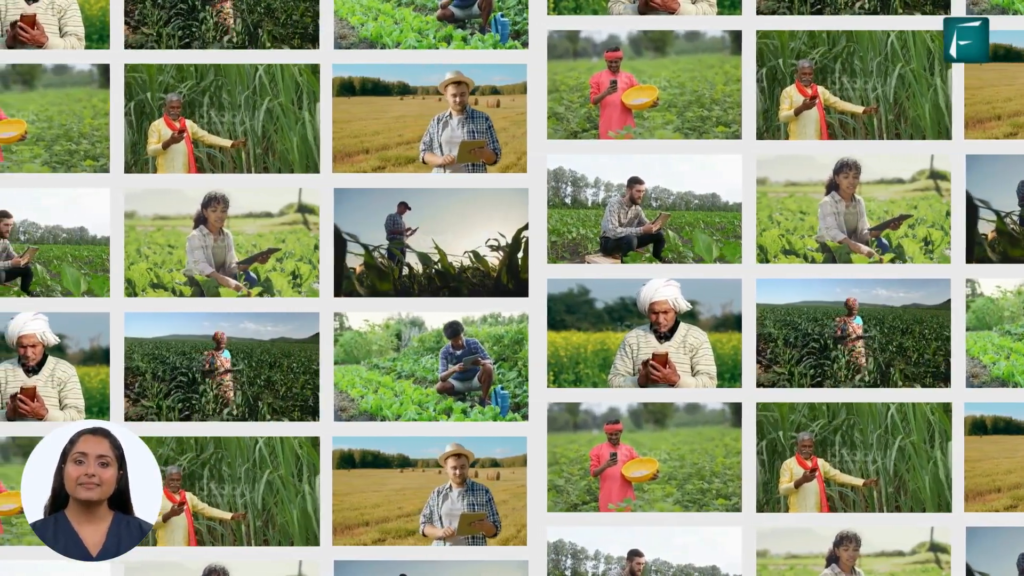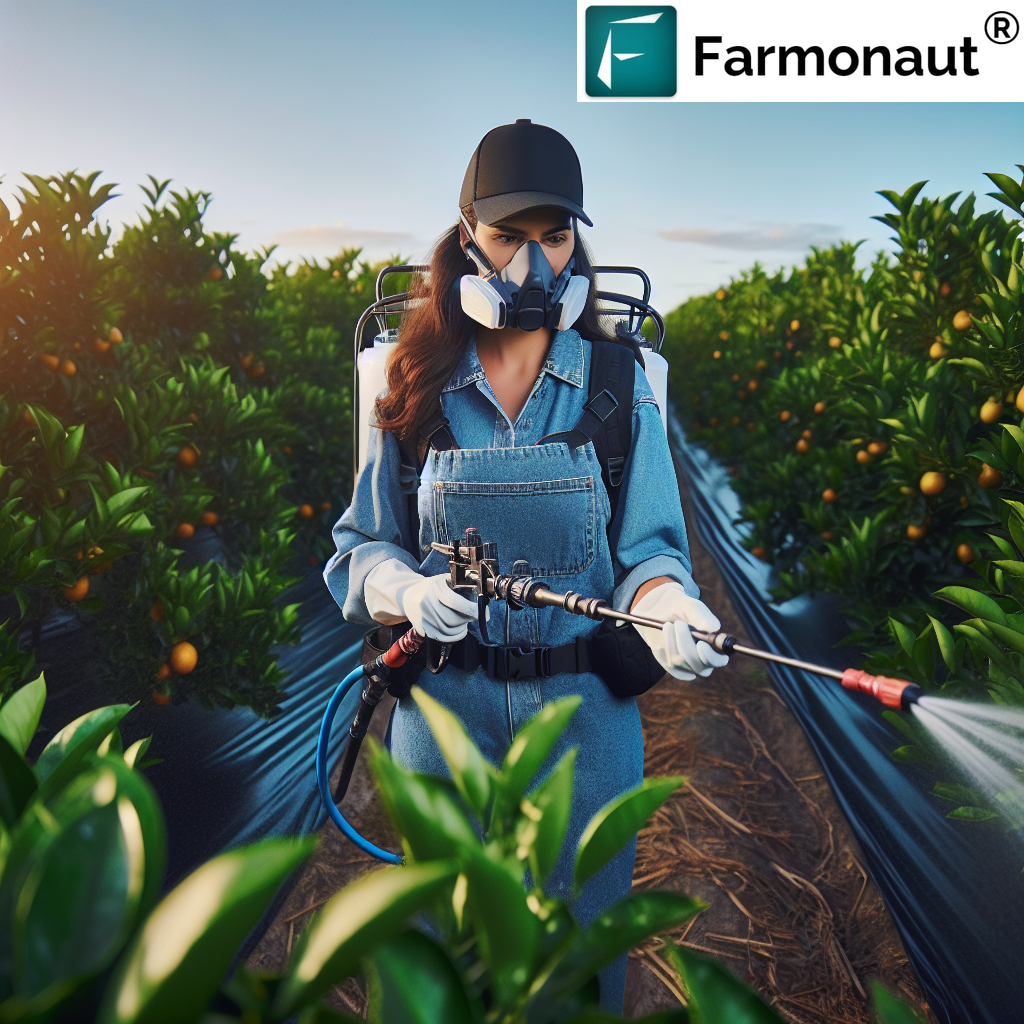Smart Farming Technologies: 7 Powerful Ways to Boost Yields
“Smart farming technologies can increase crop yields by up to 30% through precision agriculture and data-driven decisions.”
Introduction: The New Age of Smart Farming Technologies
In today’s rapidly evolving world, smart farming technologies are transforming how we manage crop production, the health of our soil, and the efficiency of our livestock and forestry operations. The fusion of precision agriculture, Agriculture IoT solutions, and data-driven decision-making is paving the way for a sustainable and highly productive agricultural future, right from soil-level conditions to market traceability.
Did you know that through the seamless integration of AI, machines, sensors, and drones, we can now optimize resource management at every stage of the agricultural cycle? These innovations are lowering costs, reducing waste, increasing yields, and making farm management more transparent and efficient—even for small and midsize farmers. By the end of this blog, you’ll understand the game-changing ways these technological tools can enhance your farm’s productivity and sustainability.
1. Precision Agriculture: The Backbone of Smart Farming Technologies
At the heart of smart farming technologies lies precision agriculture. This approach leverages tools like GPS, Geographic Information Systems (GIS), and remote sensing to manage field variability and maximize yields. By collecting and analyzing soil conditions, weather patterns, and crop health data, we are empowered to make informed decisions at every stage—from planting and fertilization to irrigation and harvest.
- Field Variability Mapping: With GIS and satellite imagery, we can carefully analyze different zones within a field, each with its own specific needs for water, nutrients, and pest management.
- Variable Rate Technology (VRT): VRT enables precise application of inputs (such as fertilizers or pesticides)—in exactly the right volumes, at the right places and times. This reduces resource waste, minimizes environmental impact, and increases yields.
- Remote Sensing for Real-Time Decisions: Using satellite data and drones, we monitor crop growth and soil health over large areas without stepping into the field. If a problem—like drought stress or pest outbreaks—pops up, we can act fast with targeted interventions.
By integrating these technologies, farmers gain a holistic, data-backed view of their operations, driving not only higher productivity but also truly sustainable practices.
Farmonaut Fleet Management
lets agribusinesses monitor and optimize use of tractors, harvesters, and vehicles through real-time satellite data—significantly reducing operational costs and enhancing farm efficiency.
2. Internet of Things (IoT) and Sensors: Real-Time Eyes on Every Acre
Over 70% of farmers using smart sensors report significant improvements in resource efficiency and sustainability.
The Internet of Things (IoT) is reshaping how farmers, foresters, and livestock managers monitor and manage their operations. By deploying sensors in fields, greenhouses, and even on animals, we collect massive, real-time datasets about environmental conditions, crop health, soil moisture levels, and livestock behavior.
- Soil Sensors: These cutting-edge devices measure parameters like temperature, pH, and nutrient content. This allows for ultra-precise irrigation scheduling and fertilizer application, reducing waste and optimizing yield.
- Environmental Sensors: Placed in orchards, fields, or greenhouses, they monitor humidity, CO₂ levels, and light intensity—triggering automated climate control or watering as needed.
- Livestock Management Technology: Wearable sensors track vital signs and animal behavior, offering early detection of illness or stress, and improving welfare and productivity.
With IoT-powered Agriculture, we can instantly access this data on our smartphones or computers—ensuring timely, data-driven actions that fuel sustainability and efficiency.
3. UAVs & Drones: Crop Monitoring and Application Revolution
One of the most visible advances in smart farming technologies is the widespread use of Unmanned Aerial Vehicles (UAVs) and drones. These agile tools have changed the game for crop monitoring, pest detection, precision spraying, and forestry management solutions.
- Crop Monitoring with Drones: Multispectral and hyperspectral cameras mounted on drones supply high-resolution imagery that reveals crop health, water stress, and pest outbreaks—even before they’re visible to the naked eye.
- Targeted Spraying & Seeding: Drones equipped with precision applicators can spray fertilizers or pesticides exactly where needed, reducing input usage and minimizing environmental impact.
- Forestry Management Solutions: Drones are invaluable in tracking tree growth, assessing forest health, and planning sustainable logging operations while preserving biodiversity.
By integrating drones with satellite imagery and smart sensors, we unlock even greater productivity—driving timely, informed decisions for every hectare managed.
4. Artificial Intelligence (AI) and Machine Learning: Predict and Optimize with Data
The next generation of agriculture relies on AI and machine learning algorithms to analyze vast, complex datasets and decode patterns beyond human ability. AI in agriculture drives predictive insights, informed decisions, and increased automation.
- Predictive Analytics: Using historical and real-time data, AI can forecast weather patterns, predict yields, and identify pest outbreaks or disease risks before they become catastrophes.
- Automated Decision-Making: AI systems set irrigation schedules, recommend fertilization plans, and even dispatch alerts for urgent plant health issues.
- Livestock Management Technology: AI-driven cameras and sensors monitor animal behavior and health, enabling earlier intervention and better animal welfare management.
Companies like Farmonaut provide AI-based advisory systems that bring real-time guidance on weather, crop management, and risk reduction directly to the farmer—democratizing access to powerful decision-making tools once reserved for large agri-corporations.
Learn more about Farmonaut’s Carbon Footprint Tracking
for real-time emissions data, helping you align farm operations with sustainability and regulatory requirements.
5. Robotics & Automation: Smarter, Faster, and More Efficient
Agricultural robots—or agribots—have entered the mainstream, performing laborious and repetitive tasks with unmatched precision and consistency in farming, livestock husbandry, and forestry.
- Field Robots: These autonomous machines can plant seeds, weed, harvest crops, and spray fertilizers/pesticides with GPS-guided ultra-precision, greatly reducing the need for manual labor.
- Livestock Automation: Automated feeders and milking robots ensure consistent schedules, improved animal welfare, and far greater efficiency.
- Smart Greenhouses: Robots can even transport seed trays and carry out maintenance, enhancing workflow and reducing human error.
Combining robotics with IoT sensors and AI algorithms provides an adaptable ecosystem where machines optimize their own tasks based on real-time field and crop conditions.
Discover Farmonaut’s Large Scale Farm Management Platform
for powerful multi-hectare monitoring, zone productivity analysis, and integrated team management—ideal for modern agribusiness operations.
6. Smart Irrigation Systems: Every Drop Counts
Water scarcity is one of the biggest challenges in agriculture. Smart irrigation systems use IoT-enabled soil moisture sensors and weather forecasts to deliver the right amount of water, exactly when the crop needs it.
- Sensor-Driven Schedules: Smart systems automatically adapt irrigation timing and amount by analyzing real-time moisture data, maximizing water use efficiency and keeping crops healthy.
- Automated Drip & Fertigation: Deliver irrigation and nutrients precisely to the plant root zones, reducing evaporation and leaching losses.
- Resource Savings: Studies show smart irrigation can reduce water usage by up to 50% without compromising yield.
Integrating these agriculture IoT solutions with weather forecasts, VRT, and big data analytics further improves sustainability and resource management.
Satellite-Based Crop Loan & Insurance Verification
from Farmonaut: Unlock better access to finance and protect your farm’s future with transparent, accurate crop monitoring via remote sensing.
7. Smart Greenhouses: Climate Control for Consistent Production
By bringing climate control, sensors, and AI-driven automation under one roof, smart greenhouses ensure ideal growing conditions for year-round, high-quality crop production.
- Environmental Control: Sensors continuously monitor temperature, humidity, light, and CO₂—adjusting systems in real-time to prevent stress and speed up crop growth.
- Predictive Maintenance: Machine learning algorithms analyze historical data to optimize light schedules, nutrient delivery, and detect system faults before they occur.
- Yield Optimization: Automated pruning, pollination, and harvesting robots further boost productivity and reduce labor costs.
Smart greenhouses provide resilient operations in the face of unpredictable weather patterns, supporting local food security everywhere from deserts to northern climates.
Farmonaut’s Blockchain-Based Traceability
guarantees product origin and journey authenticity—from greenhouse to consumer—for ultimate supply chain transparency and trust.
“Over 70% of farmers using smart sensors report significant improvements in resource efficiency and sustainability.”
Agricultural Data Analytics: The Power of Big Data on Every Farm
Modern smart farming generates enormous datasets—ranging from sensors, drones, satellites, and farm management software. By applying advanced analytics tools to this data, we can:
- Identify trends and patterns in crop health, soil quality, and yield history, enabling smarter planting decisions and crop selection.
- Optimize input application: Reduce the use of water, fertilizers, and pesticides while maintaining or boosting yields.
- Predict and mitigate risks: Analyze weather patterns, market trends, pest/disease risks, and respond proactively.
By enabling informed and timely decisions, agricultural data analytics unlocks a cycle of continuous improvement and rapid innovation for the entire sector.
Comparative Benefit Table: Quantifying the Power of Smart Farming Technologies
| Technology | How It Works | Estimated Yield Increase (%) | Resource Savings (%) | Estimated ROI Period (Years) | Sustainability Impact |
|---|---|---|---|---|---|
| IoT Sensors | Measure real-time soil, crop, water, and environmental parameters; enable precision input use. | 10–20% | 20-45% | 1–3 | Reduces water & chemical waste, improves soil health. |
| Drones/UAVs | Capture high-res crop images, monitor pests, perform precise spraying/mapping. | 10–15% | 15-25% | 2–4 | Reduces chemical drift, protects pollinators, preserves biodiversity. |
| GPS-Guided Equipment | Autonomous tractors & harvesters follow optimal routes, cut overlaps, minimize waste. | 5–15% | 10-30% | 2–5 | Cuts down fuel consumption, CO₂ emissions. |
| Variable Rate Application | Precision delivery of seed, fertilizer, pesticides using field zone data. | 15–25% | 10-35% | 2–3 | Limits runoff, supports cleaner water. |
| Remote Sensing Platforms | Satellites analyze large-scale land cover, crop health, moisture variations. | 10–25% | 20-40% | 1–3 | Facilitates landscape-scale sustainability practices. |
| Farm Management Software | Centralized dashboards analyze multi-source farm data for actionable insights. | 8–18% | 15-25% | 1–2 | Promotes traceability, ensures compliance. |
| Automated Irrigation | Sensor-driven watering on real-time soil & weather data. | 12–22% | 35-50% | 1–3 | Saves water, lowers groundwater depletion risk. |
Agroforestry & Forestry Management Solutions: Integrating Trees for a Sustainable Future
Agroforestry and forestry management solutions bring together crops, trees, and sometimes livestock to foster resilient, productive landscapes. Here’s how smart farming technologies power this approach:
- Tree and Plantation Monitoring: Using satellites and IoT, we can monitor tree growth, assess soil moisture and nutrient levels, and check for disease or pest issues—powering more targeted management.
- Carbon Sequestration Tracking: Smart analytics and satellite imaging allow for real-time carbon footprint calculations at farm and landscape levels, supporting climate-friendly agriculture.
- Sustainable Resource Management: By integrating AI-based advisory systems and blockchains, we ensure transparent and optimized resource use across complex agroforestry systems.
By applying smart farming to agroforestry, we enhance biodiversity, improve soil health, sequester more carbon, and offer greater economic and environmental resilience.
Farmonaut Satellite & Weather Data API
– Integrate planet-scale insights into your farm apps or platforms for custom analytics and resource optimization.
Farmonaut API Developer Docs
– Build your own agri-solutions with detailed documentation on satellite imagery, weather, and historical farm data.
The Farmonaut Revolution in Smart Farming Technologies
As global leaders in satellite-based crop monitoring, AI-powered farm advisory, and blockchain traceability, Farmonaut stands at the forefront of the smart farming revolution. Let’s explore how Farmonaut sets new standards in affordability, accessibility, and proven results.
- Satellite Crop Health Monitoring: Multi-spectral satellite imagery is used to monitor vegetation, soil moisture, and vital crop health indices. This delivers actionable insights on irrigation, fertilization, and pest management.
- AI-Based Jeevn Advisory: The Jeevn AI system translates remote sensing and weather data into timely, personalized guidance for boosting yield and managing risk, directly on your phone or desktop.
- Blockchain Traceability: From farm to store, Farmonaut’s blockchain ensures full transparency for buyers, regulators, or end consumers.
- Fleet & Resource Management: Monitor tractors and agricultural machinery to reduce operating costs and improve workflow safety.
- Carbon Footprinting: Track emissions and optimize sustainability with continuous carbon data—aligning your farm with future regulations and eco-marketplaces.
Accessible via mobile, web, and flexible APIs, Farmonaut empowers individual farmers, large agribusinesses, and policy-makers alike. The fairest and most scalable pricing, coupled with easy-to-use dashboards, means no more barriers to entry in the world of precision agriculture.
FAQ: Smart Farming Technologies
1. What are smart farming technologies?
Smart farming technologies are advanced tools and approaches (such as IoT sensors, precision agriculture, AI, robotics, and data analytics) designed to enhance crop yields, sustainability, and resource management in agriculture, forestry, and livestock management.
2. How do IoT sensors help increase yields?
IoT sensors provide real-time data on soil moisture, nutrient content, and environmental parameters—enabling precise irrigation and fertilization, reducing waste, and increasing yields by responding promptly to plant needs.
3. What is the role of drones in modern agriculture?
Drones are used for high-resolution crop monitoring, pest and disease detection, targeted spraying, and mapping—delivering detailed field insights and minimizing unnecessary input application.
4. Can small farmers afford smart farming technologies?
Platforms like Farmonaut make precision agriculture affordable by using satellite data (instead of expensive hardware) and scalable pricing. This ensures access for smallholder farmers as well as large agribusinesses.
5. Why is traceability important in agriculture?
Blockchain-based traceability builds trust by documenting every step of the crop’s journey—from sowing to shipment—protecting brands and meeting regulatory and consumer demand for transparency.
6. What makes Farmonaut different from other agri-tech providers?
Farmonaut combines satellite monitoring, AI-driven advisory, blockchain transparency, scalable APIs, and a focus on affordability and ease of use—serving individual farmers and entire regions alike.
7. How do smart farming technologies promote sustainability?
They reduce overuse of water, fertilizers, and chemicals, minimize environmental footprint, improve biodiversity, and facilitate data-driven practices that protect soil, air, and water resources.
Conclusion: Embrace the Future with Smart Farming Technologies
The agricultural landscape is being reimagined with smart farming technologies. By integrating IoT sensors, AI-driven advisory systems, robotics, remote sensing, and data analytics, we are setting the stage for maximum yields, unrivaled efficiency, and sustainable food production.
Organizations like Farmonaut are at the forefront, providing farmers, businesses, and governments with the tools to bridge the gap between tradition and high-tech innovation. Whether you aim to save water, track your carbon footprint, ensure food traceability, or simply grow better crops year after year, now is the time to adopt smart agriculture solutions that deliver results—for your fields, our planet, and the future of food security.
Let’s build smarter, more sustainable, and more productive farms together.


